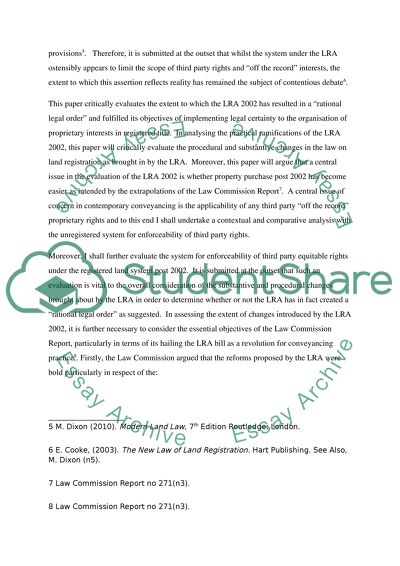Cite this document
(“The ultimate achievemet of the Land Registration Act Essay”, n.d.)
Retrieved from https://studentshare.org/law/1411484-the-ultimate-achievemet-of-the-land-registration-act
Retrieved from https://studentshare.org/law/1411484-the-ultimate-achievemet-of-the-land-registration-act
(The Ultimate Achievemet of the Land Registration Act Essay)
https://studentshare.org/law/1411484-the-ultimate-achievemet-of-the-land-registration-act.
https://studentshare.org/law/1411484-the-ultimate-achievemet-of-the-land-registration-act.
“The Ultimate Achievemet of the Land Registration Act Essay”, n.d. https://studentshare.org/law/1411484-the-ultimate-achievemet-of-the-land-registration-act.


